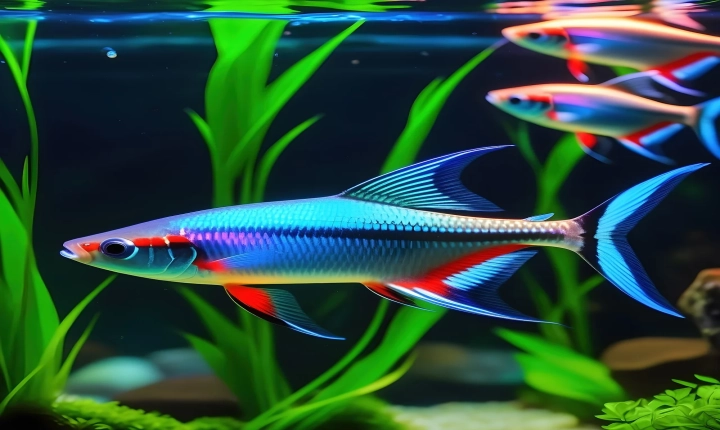Title: Is a Robot AI?
Robots and artificial intelligence (AI) are often used interchangeably, leading to confusion about the relationship between the two. But are robots necessarily AI, or are they two separate concepts? Let’s dive into this topic to understand the distinctions and overlaps between robots and AI.
Firstly, it’s important to differentiate between robots and AI. A robot is a physical machine capable of carrying out various tasks, which may or may not involve AI. On the other hand, AI refers to the ability of a computer or robot to perform tasks that typically require human intelligence. This may involve problem-solving, learning, and decision-making based on data analysis.
So, is a robot AI? The answer is not black and white. While some robots are equipped with AI capabilities, not all robots are AI-powered. Some robots are programmed to perform specific tasks without the need for AI, while others are designed with AI algorithms to enable more complex and adaptive behavior.
There are different levels of AI integration in robots. At the basic level, robots may follow pre-determined instructions without any AI involvement. These are often used in manufacturing and assembly lines. As we move up the spectrum, we encounter robots with rudimentary AI that can adapt to simple changes in their environment, such as automated vacuum cleaners that can navigate around obstacles.
Then, there are robots that incorporate advanced AI technologies, such as machine learning and natural language processing. These robots can learn from their experiences, make decisions based on complex data analysis, and even interact with humans in a more natural and intelligent manner. Examples of such robots include personal assistants like Amazon’s Alexa and Google’s Home, as well as autonomous vehicles that use AI to navigate and make real-time decisions on the road.
It’s also worth noting that AI is not exclusive to robots. AI can be integrated into various systems, including computers, smartphones, and software applications. The distinction lies in the physical embodiment of a robot, which sets it apart from other AI implementations.
In conclusion, while a robot can be powered by AI, not all robots possess AI capabilities. The relationship between robots and AI is one of symbiosis, where AI can enhance the capabilities of robots to perform more complex tasks and interact with the world in a smarter, more human-like way. As technology continues to evolve, the lines between robots and AI will continue to blur, leading to more advanced and sophisticated machines that challenge traditional definitions of both concepts.
